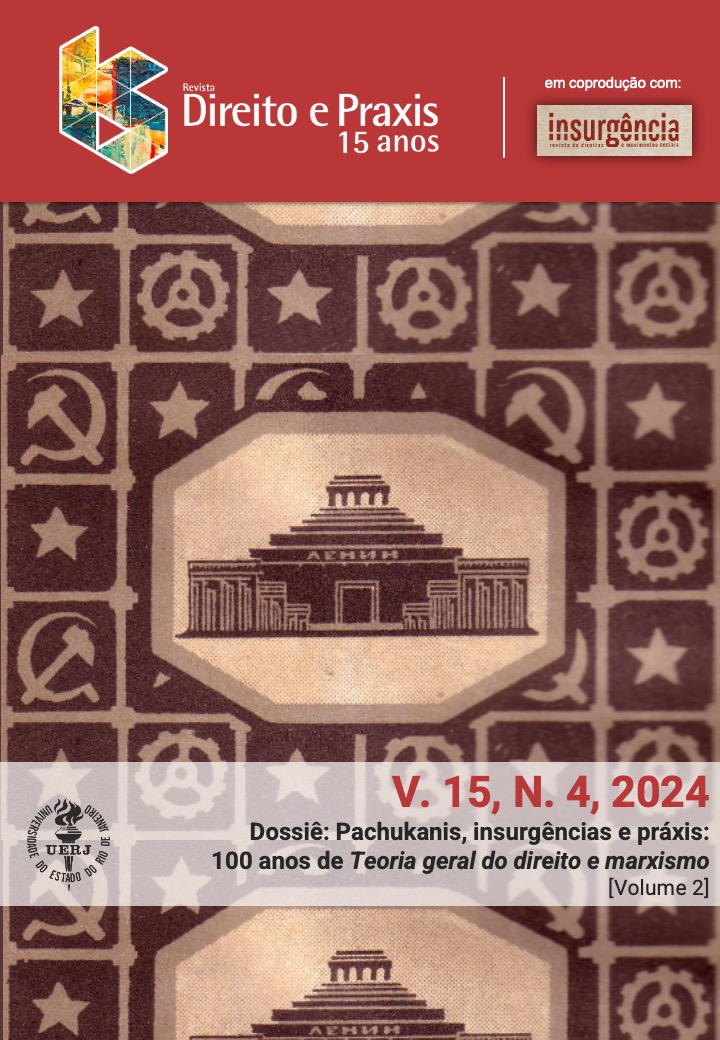The right to mourn:
the international construction of the right to mourn of relatives of victims of enforced disappearance
Keywords:
Enforced disappearance, Right to Mourn, Human Rights, Transitional JusticeAbstract
https://doi.org/10.1590/2179-8966/2024/74783i
This paper seeks to map, through a dialogue between international human rights organizations, some of the legal contours of the right to mourn of relatives of victims of enforced disappearance. This paper seeks to reflect on the potentialities, tensions and limits that emerge from the international legal construction of the right to mourn, considering the Brazilian transitional justice experience. It is argued that the right to mourn carries a central problem: on the one hand, there is a clear need to create legal responses capable of effectively supporting the specific condition of the relatives of missing persons, but, on the other hand, there are many limits of the law when dealing with a process as singular and complex as mourning. Throughout the development of this study, we sought to demonstrate that the emergence of the right to mourn at the international level, although important (as a tool to combat state violence) must, permanently, deal with the limits of the law in the face of the families' unique mourning process.
Keywords: Enforced disappearance; Right to Mourn; Human Rights; Transitional Justice.
Downloads
Downloads
Published
How to Cite
Issue
Section
License
Copyright (c) 2024 Direito e Práxis

This work is licensed under a Creative Commons Attribution 4.0 International License.
The authors the sole responsibility for their texts.
It is allowed the total or partial reproduction of the articles of the Journal Law and Praxis, if the author is mentioned.
This work is licensed under a Creative Commons Attribution-Noncommercial-Share Alike 4.0 Unported License.
This license allows you to copy and redistribute the material in any medium or format for any purpose, even commercial, provided the original authorship is cited.
This work is licensed under a Creative Commons Attribution 4.0 International License.



